As a follow up to my previous question about measuring antenna performance via amplitude at 88 MHz to 108 MHz on a DSOX1102G oscilloscope, can I trust these new readings? Measurement channel is on 1:1 mode. 680mV peak to peak with a passive antenna seems absurdly high and too good to be true. Does this result seem reasonable for a 1/4 monopole? 
I am using a BNC tee, 50 ohm terminator and a SMA to BNC for my 50 ohm coax. Antenna has only mechanical friction connections, no solder.
